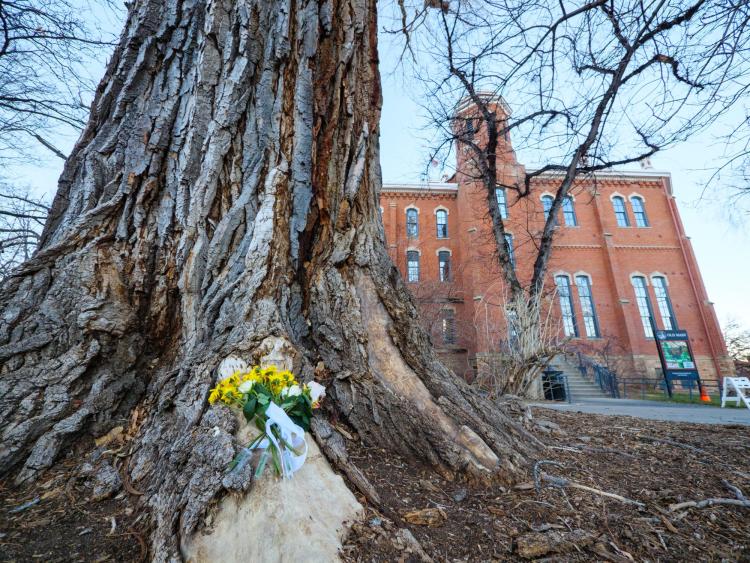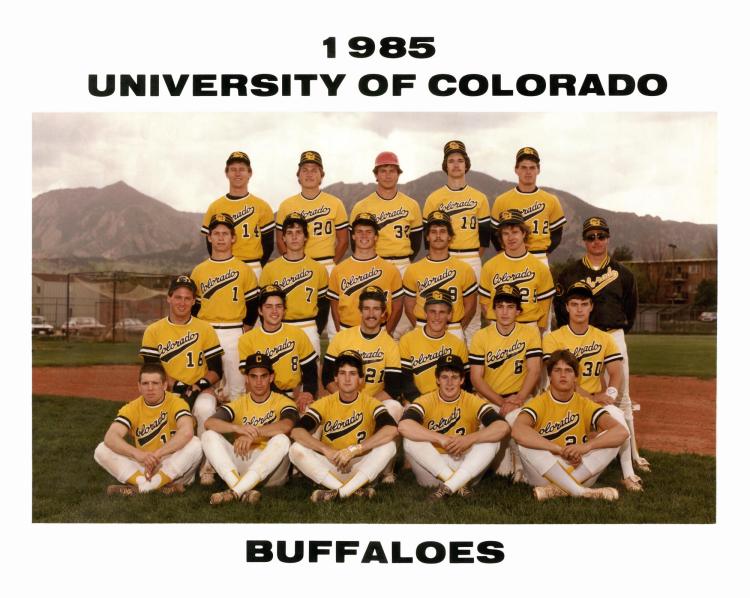Big GreenĚý
Imagine our delight at seeing the flowers that my wife, Robin Cantor (Fren’87), and I left at the base of the tree that we have called “Big Green” for over 30 years. We loved that tree, and were sad to see it go. Knowing that it was a Methuselah of its kind and mother to young clones on campus will always be comforting. Kudos to [forestry supervisor] Vince Aquino and his team for taking such good care of our friend all those years.
Evan Cantor (˛Ń·ˇ»ĺłÜ’93)
µţ´ÇłÜ±ô»ĺ±đ°ůĚý
Humans as the ProblemĚý
I always look forward to receiving my Coloradan alumni magazine. I was particularly interested in the article regarding d’Andre Willis, ˛ĘĂń±¦µä’s architect. Boulder’s campus is certainly an architectural jewel.Ěý
In this article, Willis comments on the “negative impacts that buildings have made to climate change.” What we must realize is that buildings don’t use energy … people do! Until such time as we, the humans who inhabit these structures, accept a wider range of indoor temperatures, operable windows, lower electric illumination levels and a reduced use of electronics (remember blackboards — now replaced by electronic white boards) we are ignoring the real problem … us.
Kirk Davis (´ˇ°ůł¦łó·ˇ˛Ô˛µ°ů’72)
Portland, Oregon
CU’s Natural History Museum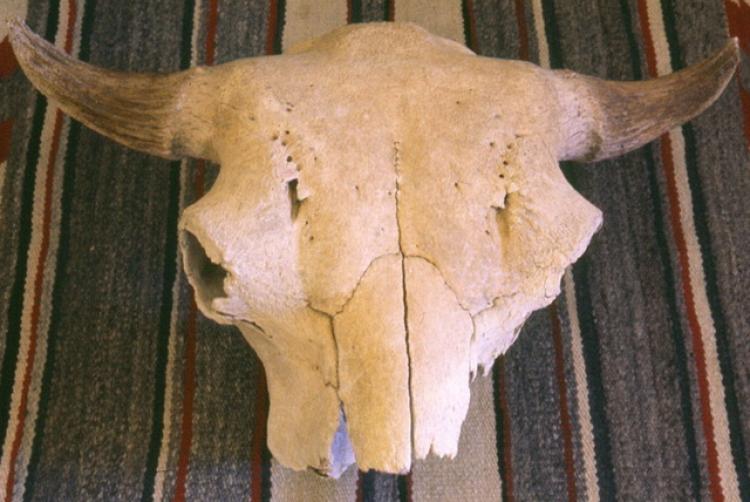
“Growing a Museum” on page 12 [Spring 2022] was of personal interest! My mother, Almira Kupka, married Ernst Kemper in Boulder on July 27, 1926, and they rented a place at 750 12th Street while she attended classes, and Ernst pursued a business featuring car ride tours that approached the summits of Pikes Peak and Mount Evans. Almira told me that Hugo Rodeck (BioChem’28; MA’29) knew her family.
During the summer of 1962, my father, my wife, Tricia, and I traveled near Limon, Colorado, to explore a steep-walled arroyo and look for Stone Age tools. Tricia saw a horn projecting from the wall above our heads. The horn was attached to a bison skull buried upside down very close to the eroded clay wall.
The skull was removed and became a valuable part of my father’s collection of artifacts. He died in 1966, and the collection became mine. In 1968 I contacted Hugo to find out if the Henderson Museum would accept the skull as a donation. Hugo drove to Lakewood and took it from our basement. The skull was examined and judged to be a “keeper” because the sinus structure was complete. I assume the skull is still somewhere in the Henderson Building.
Ernst Anton Kemper (°äłó±đłľ·ˇ˛Ô˛µ°ů’59)Ěý
Lakewood, ColoradoĚý
Radcliffe DistinctionĚý
Thanks for the fine end piece on Joyce Lebra’s life and work. I wish I had known her while studying at CU.Ěý
JustĚýa minor correction — she could not have received a degree from the Harvard Radcliffe Institute.Ěý
Prior to 1963, women studying at Harvard received their degrees from Radcliffe College; their deans were from Radcliffe while all their professors were from Harvard.Ěý
From 1964 through 1977 the women were still admitted by Radcliffe, taught by Harvard and received diplomas from both Harvard and Radcliffe.Ěý
In 1977 Radcliffe was merged into Harvard. Radcliffe’s physical assets eventually became the Radcliffe Institute for Advanced Study at Harvard University. It is also known as the Harvard Radcliffe Institute.Ěý
Terry Vogt (˛Ńµţ´ˇâ€™75)
San Francisco
Thanks, CUĚý
Great issue for spring. As I was reading, I thought, “I’m really glad I went to CU.” My decision to attend was more a matter of serendipity than rational decision. My parents thought I was too young to go out of state, so I simply went with the largest college around. Now I see how much I benefited from the diversity, the emphasis on excellence and the intellectual atmosphere there. The issue held numerous examples of these qualities. So I’m finally saying, “Thanks, CU.”
Bonnie Fine McCune (±Ę˛ő˛âł¦łó’66)
¶Ů±đ˛Ô±ą±đ°ůĚý
CU BaseballĚý
Bryan Karlan (RealEst’92) — No. 6 — sent in this 1985 baseball team photo. The baseball team had been cut from CU’s athletic budget, he wrote, and were sponsored by the Student Union. They played several Big 8 universities as well as other schools like the Air Force Academy. “We were a pretty motley crew,” he said.
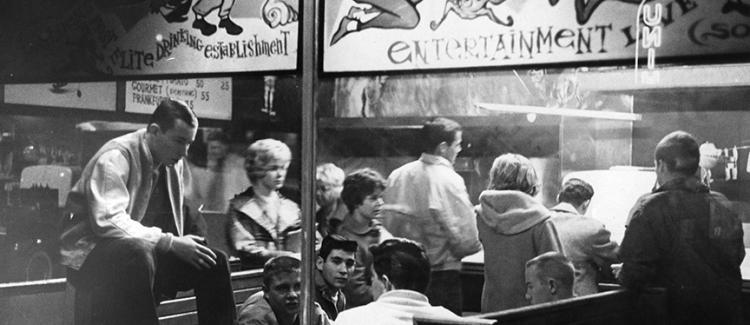 Tulagi NightsĚý
Tulagi NightsĚý
I enjoyed seeing The Sink and Tulagi signs in your photos. I was manager of Tulagi several years in the mid-1960s. We filled the dance floor weekend nights with dancers to our bands’ music. Monday nights we did nickel beer for an hour, and we would have a line from the front tap at the bar all the way across the dance floor to the bandstand of folks lining up to get their 5-cent beer. At the time, we were the largest-volume draft beer outlet for Coors.Ěý
Dave Edstrom (¶Ůľ±˛őłŮł§łŮ’67)
Roanoke, Texas
°Â´Ç·É…
I loved this past Coloradan. Wow … it was an incredible overall piece, but specifically, the Marshall Fire story was incredibly honoring of the magnitude of disaster and impact to our community. I read it from cover to cover.
Leah MurphyĚý
Broomfield, Colorado
Life as the Colorado Daily Photo EditorĚý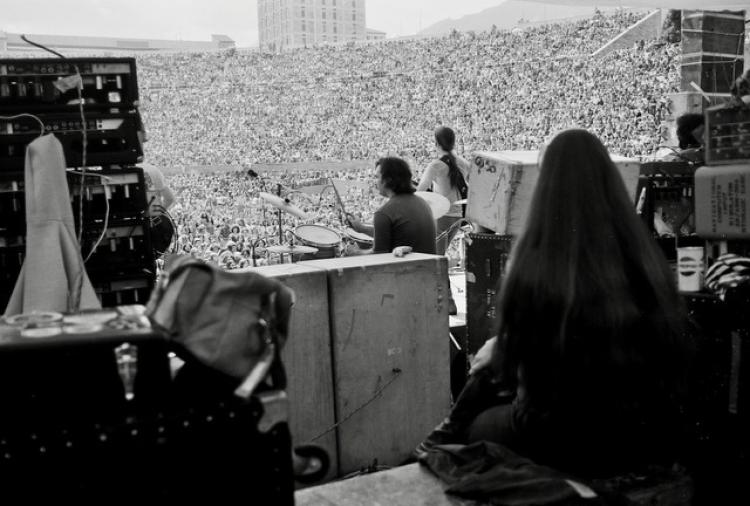
I was the photo editor for the Colorado Daily during some of my years at CU in the early 1970s. Ěý I send you a few memories to consider for the Coloradan.ĚýĚý
While I was on staff, the offices were in the UMC and the publication darkroom was on the floor below. The photography job worked out well for me because I could work the assignments around classes and I could study in the darkroom while I waited for film to develop and prints to dry. The photo deadline was usually around 10 p.m.
To increase income, I asked to add advertising sales to my job as the commissions were good. I covered parts of Boulder that did not have representation at the time, that is, further away from the campus. It was an easy sell for me as I told prospective clients that about 25% of the Boulder workforce (at the time) were employed by CU and picked up the paper.Ěý
Between the two jobs, plus selling cameras part-time at Jones Drug and Camera on The Hill and some periodic cooking jobs at local restaurants and sub shops, I was able to get through the first four years without debt paying out-of-state tuition. Back then, it could be done.Ěý
Glen Freiberg (EPOBio’74; MA’76)
Rancho Santa Fe, California
Ěý
CorrectionĚý
In the Spring 2022 issue of the Coloradan, we misspelled illustrator Brian Rea’s name in the “7 Ways Work Will Change Forever” feature. We regret the error.
Ěý
Photos by Glenn Asakawa (cottonwood); Ernst Kemper (skull); courtesy Glen Freiberg (concert); Bryan Karlan (baseball);ĚýColoradanĚýarchives (The Sink)Ěý

